
Copernical Team
NASA's James Webb Space Telescope continues multi-instrument alignment
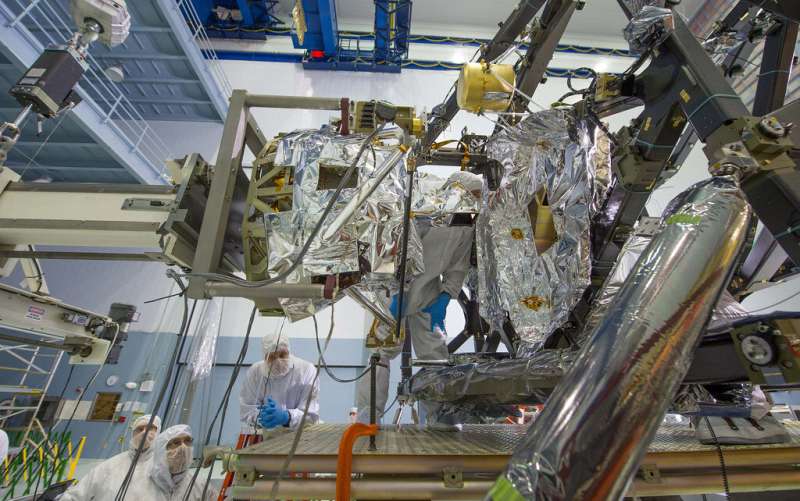
While telescope alignment continues, the James Webb Space Telescope's Mid-Infrared Instrument (MIRI) is still in cooldown mode. MIRI, which will be the coldest of Webb's four instruments, is the only instrument that will be actively cooled by a cryogenic refrigerator, or cryocooler. This cryocooler uses helium gas to carry heat from MIRI's optics and detectors out to the warm side of the sunshield. To manage the cooldown process, MIRI also has heaters onboard, to protect its sensitive components from the risk of ice forming. The Webb team has begun progressively adjusting both the cryocooler and these heaters, to ensure a slow, controlled, stable cooldown for the instrument. Soon, the team will turn off MIRI's heaters entirely, to bring the instrument down to its operating temperature of less than 7 kelvins (-447 degrees Fahrenheit, or -266 degrees Celsius).
In the meantime, after achieving alignment with the Near-Infrared Camera (NIRCam), Webb engineers have begun aligning the telescope to the remaining near-infrared instruments, a six-week process.
NASA finalizes plans for its next cosmic mapmaker
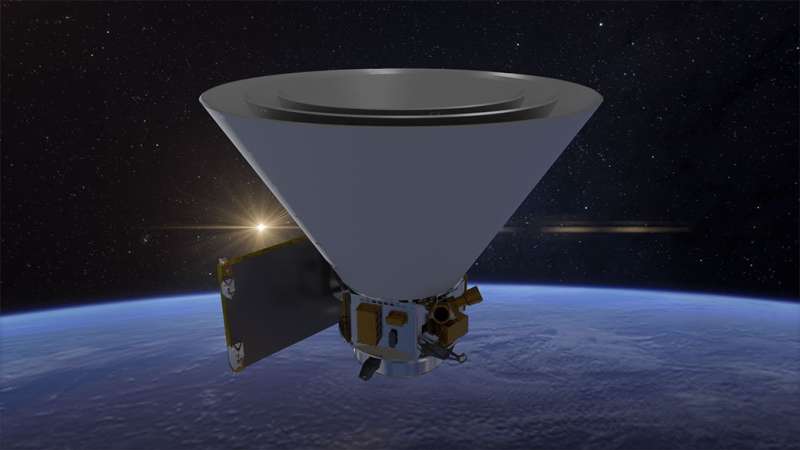
NASA's upcoming SPHEREx mission will have some similarities with the James Webb Space Telescope. But the two observatories will take dramatically different approaches to studying the sky.
The SPHEREx mission will be able to scan the entire sky every six months and create a map of the cosmos unlike any before. Scheduled to launch no later than April 2025, it will probe what happened within the first second after the Big Bang, how galaxies form and evolve, and the prevalence of molecules critical to the formation of life, like water, locked away as ice in our galaxy.
US Space Force Cis-lunar Highway Patrol System to patrol around the moon
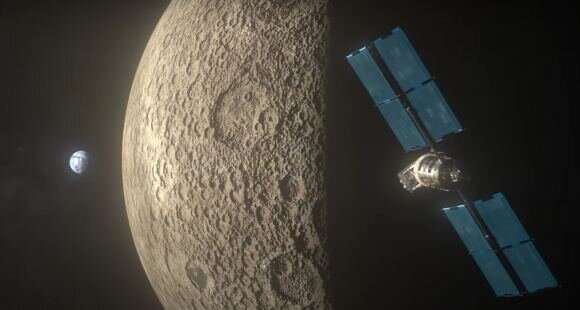
As human activity extends outward into the solar system, we'll need a way to keep track of space junk, and the growing number of missions around the moon and beyond.
Recently, the newly-formed U.S. Space Force announced plans to create CHPS, the Cis-lunar Highway Patrol System. Despite an acronym harking back to a certain cheesy TV series in the 1970s, CHPS will provide a serious look at space traffic further out in orbit around the Earth-moon system. Such a network is vital, as private companies and space agencies are set to return to the moon in a big way in the coming decade.
"The CHPS program will deliver space domain awareness, in a region that is one thousand times greater than our current area of responsibility," says CHPS program manager Michael Lopez in a recent press release. "AFRL is interested in hearing from companies that may have ideas that differ from ours, and could contribute to the satellite's capabilities."
The problem was highlighted recently with the impact of a rocket booster on the moon on March 4.
Zooming into the Sun with Solar Orbiter
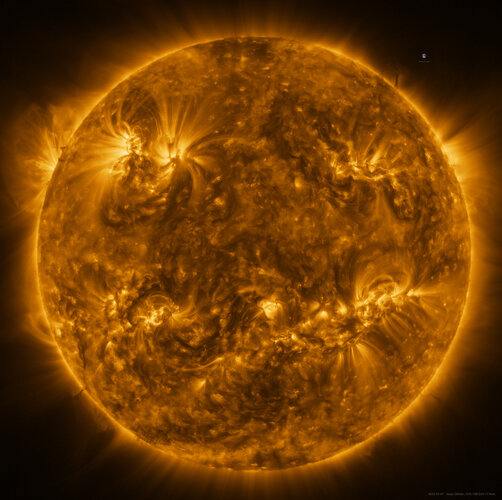
Solar Orbiter’s latest images shows the full Sun in unprecedented detail. They were taken on 7 March, when the spacecraft was crossing directly between the Earth and Sun.
Tracking sunspots up close
ESA astronaut Andreas Mogensen set to return to space
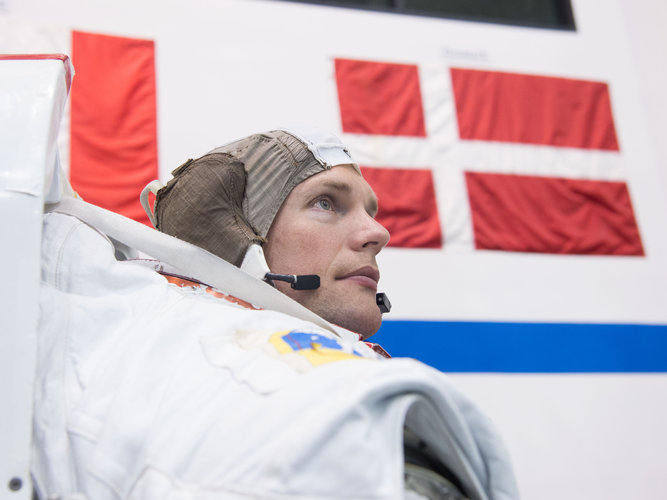
Danish ESA astronaut Andreas Mogensen has been assigned a long-duration mission to the International Space Station and is expected to fly as the pilot of a Crew Dragon spacecraft in mid 2023 or early 2024.
High Throughput Satellites Poised To Become Leading Commercial Growers In Space Infrastructure, With Wholesale Capacity Revenues Projected To Top $100B By 2030
PARIS, WASHINGTON, MONTREAL, YOKOHAMA, SYDNEY, TOULOUSE, 23 March, 2022 – Euroconsult has released the 6th edition of its High Throughput Satellites (HTS) report – its in-depth analysis of geostationary (GEO) and non-geostationary (NGSO) HTS markets including major drivers, strategic issues, competitive landscape and detailed forecasts of capacity supply and associated demand take-up.
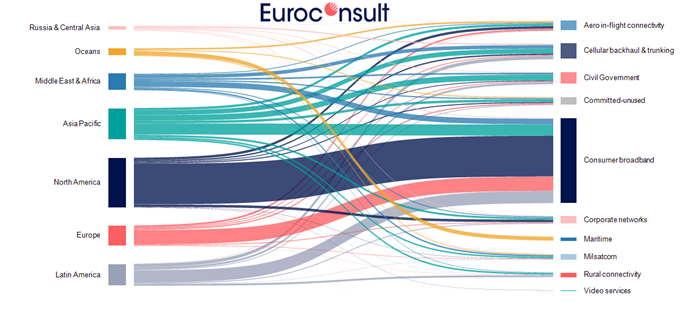
ESA astronaut Andreas Mogensen and NASA astronaut Jasmin Moghbeli
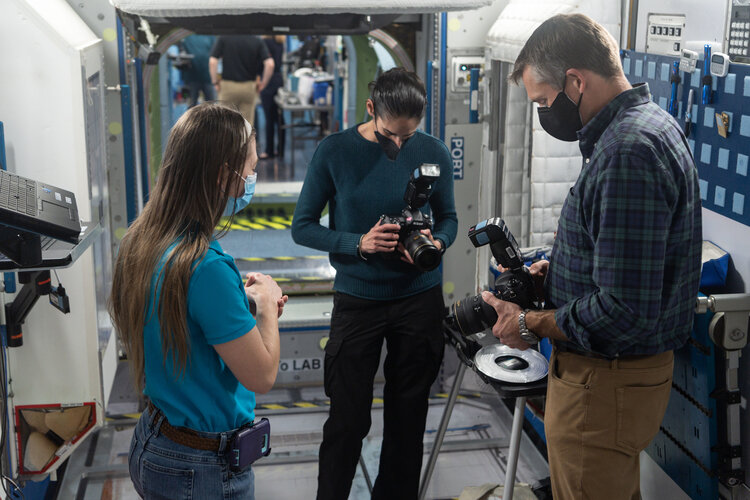 Image:
ESA astronaut Andreas Mogensen and NASA astronaut Jasmin Moghbeli train in camera skills
Image:
ESA astronaut Andreas Mogensen and NASA astronaut Jasmin Moghbeli train in camera skills Russian Military Takes Command of Meridian-M Comms Satellite
 The Meridian series of dual-use civilian/military communications satellites began to sent to space in the mid-2000s. In 2019, the first upgraded Meridian-M satellite was deployed.
The Russian military has taken control over the Meridian-M communications satellite after its launch from the Plesetsk Cosmodrome aboard a Soyuz rocket on Tuesday, the Ministry of Defence has announced.
"Th
The Meridian series of dual-use civilian/military communications satellites began to sent to space in the mid-2000s. In 2019, the first upgraded Meridian-M satellite was deployed.
The Russian military has taken control over the Meridian-M communications satellite after its launch from the Plesetsk Cosmodrome aboard a Soyuz rocket on Tuesday, the Ministry of Defence has announced.
"Th Hughes selected to deploy Private 5G Network for DoD
 Hughes Network Systems, LLC (HUGHES), an innovator in satellite and multi-transport technologies and networks for 50 years, has announced the award of an $18 million contract from the Department of Defense (DoD) to deploy a standalone 5G network at Naval Air Station Whidbey Island in Washington state.
The Other Transaction Agreement (OTA) was issued through the Information Warfare Research
Hughes Network Systems, LLC (HUGHES), an innovator in satellite and multi-transport technologies and networks for 50 years, has announced the award of an $18 million contract from the Department of Defense (DoD) to deploy a standalone 5G network at Naval Air Station Whidbey Island in Washington state.
The Other Transaction Agreement (OTA) was issued through the Information Warfare Research 
